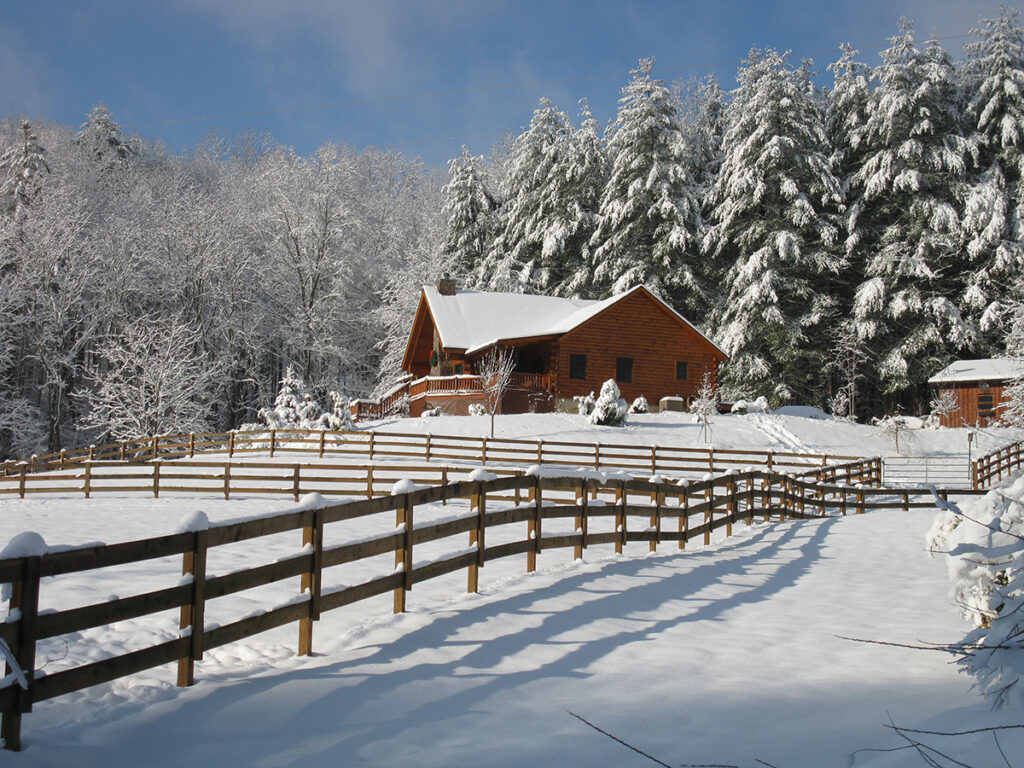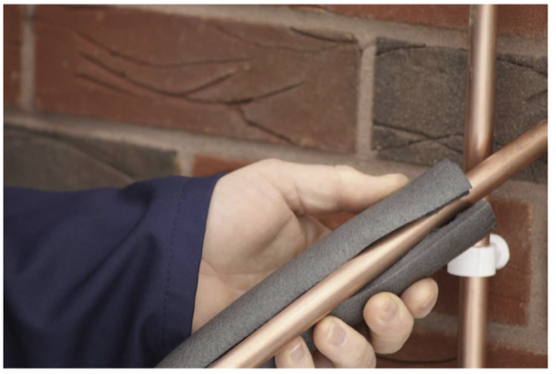
Photo by Hank Eder. All rights reserved.
Autumn is here again! The leaves are changing color, the air is getting cooler, and soon the first signs of winter will appear.
Don’t wait until the first snow or frost to make sure your home is ready for winter. Here are some things to do right now.
1. Get your HVAC system checked
Don’t wait for an emergency. A heating system check is one of the most important things you can do to prepare your home for winter. Get a qualified HVAC technician to inspect your furnace, boiler, or heat pump to ensure it’s in good working order. Have them clean and tune up the system to help it run more efficiently and save you money on bills.
If you heat with wood, keep this in mind: Fireplaces, wood stoves, and chimneys, and are some of the biggest causes of home fires. Get yours inspected and serviced annually. If you burned more than five fires the previous year, get the chimney or pipe cleaned thoroughly.
Don’t neglect to inspect the chimney cap or pipe cap, which keeps heat-seeking birds and varmints out.
2. Protect indoor pipes

Photo by Lowe’s
Burst pipes are common occurrences in winter, especially in unheated areas such as basements, attics, crawl spaces and pipes along exterior walls. More than a third of burst pipes happen in cold basements. Fixing burst pipes can cost $500 or more to repair, and can cause thousands of dollars more in additional damage to your home.
A good solution is pipe insulation, which you can install yourself without any special skills. It comes pre-slit along its length, and it costs as little as 50 cents per linear foot at most home supply stores. Just cut it to size and snuggle it around exposed pipes. Put it under sinks and all the areas mentioned above.
Click here to read about how to keep pipes from freezing.
3. Protect outside water sources
Drain and store your garden hoses and sprinklers before the first frost to keep them from freezing and bursting. Drain your hose bibs by shutting off the water supply and opening the spigot to drain out any water. Turn the water supply back on when you’re done.
Also, it’s good idea is to put an insulating cover on hose bibs. You can buy these for just a few dollars at home supply stores.
4. Insulate your home and seal air leaks
Insulation is a necessity for keeping warm in the winter and cool in the summer. If your home is not insulated properly, you can expect high heating and cooling bills.
Be sure to add insulation to your attic and basement, too. It’s a good investment.
How much insulation you require depends upon your regional temperatures. Insulating your attic keeps heat in your living quarters and out of the attic. An additional advantage is that a cooler attic in winter might prevent ice dams from forming and damaging your roof.
Check out this Energy Star guide to insulation to find out more about what you need in your area.
Another way to stay warm in winter is to seal air leaks that let warm air out and cold air in. Hold a candle near doors, windows, and baseboards. If the candle flickers, air is leaking. You can seal these leaks with caulk and weatherstripping.
5. Keep your mind in the gutter!
Clogged gutters can be hazardous in the winter. Water can back up and freeze when temperatures drop. You need to be sure that snow melt can run off your roof and into downspouts. Clean your gutters well ahead of the first frost or snowfall to avoid water damage to your roof and foundation. Do it yourself if you’re steady on a ladder. Or call a handyman to do the job. Just be sure to get it done!
6. Stock up on supplies
A winter storm might trap you in your house for many days. Keep an emergency supply of non-perishable canned foods, bottled water, a well-stocked first aid kit, and plenty of blankets to keep you warm.
7. Be ready for power outages

Power outages can occur after snowstorms, so be prepared. Keep flashlights, batteries, and a battery-powered weather radio on hand.
Another solution is to invest in a generator. These can range from small units that can power your refrigerator and a few lights to large, whole-house systems. These must be installed by a qualified electrician.
8. Look out below!
Overgrown trees and shrubs can damage your home during a winter storm. Trim any trees or shrubs that are close to your house or power lines. Snow-laden branches can snap and cause thousands of dollars in damage to your roof. If you see branches hanging over your house, call a tree service or arborist NOW to get them cut back. The closer you get to winter, the busier these professionals will be.
If overhanging limbs are small and easy to reach, and if you’re steady on a ladder and handy with a chainsaw, you might do it yourself. However, if they’re high up, or if you’ve never done this kind of work before, it’s better to hire a pro. Some folks call trees “widow makers,” and not without good reasons.
Follow these tips to be sure you and your home are ready for winter.
Buying or selling a home in Western North Carolina?
Avoid unpleasant surprises! Contact Asheville Home Inspector Peter Young before signing any contracts. Call (828) 808-4980, or click here to make an appointment.